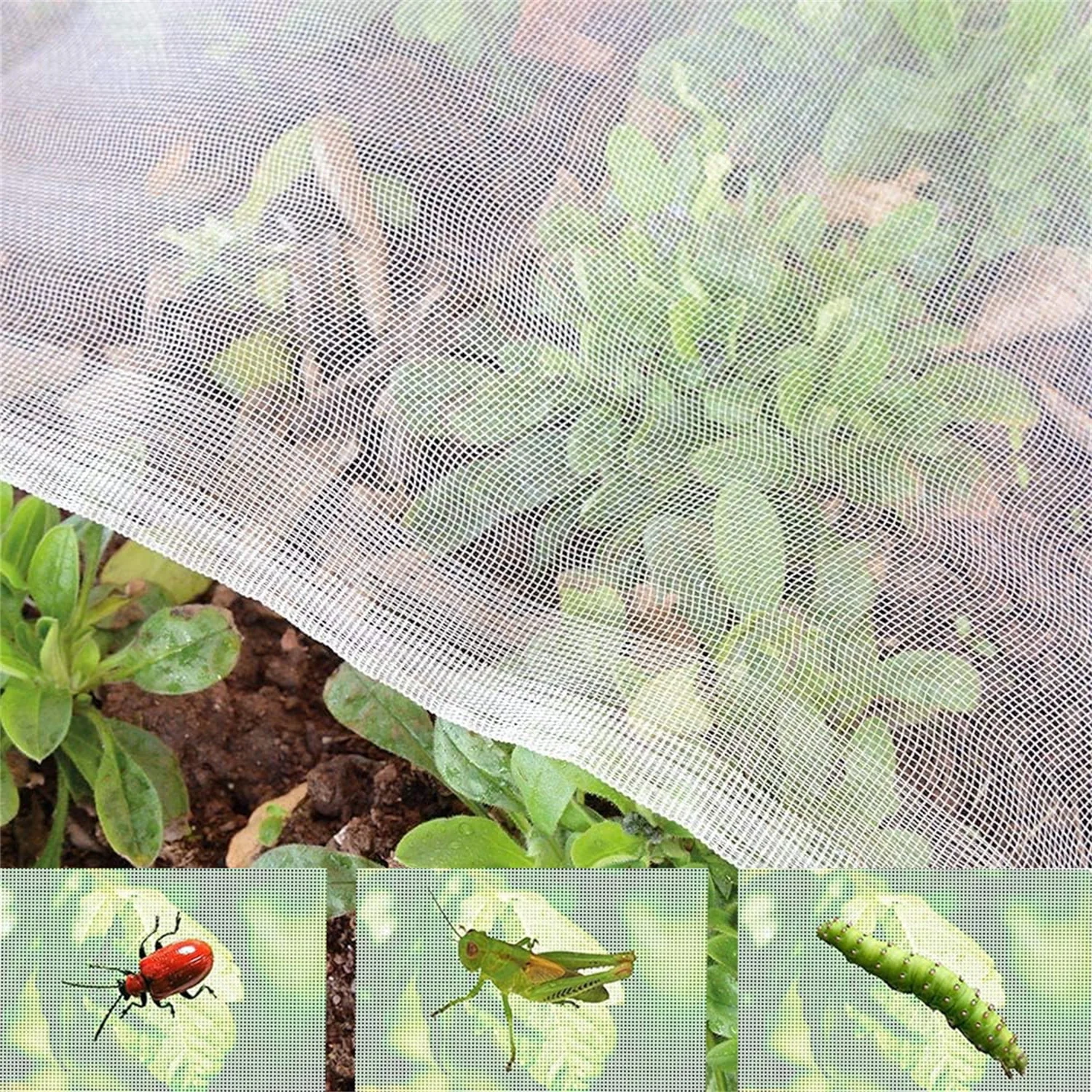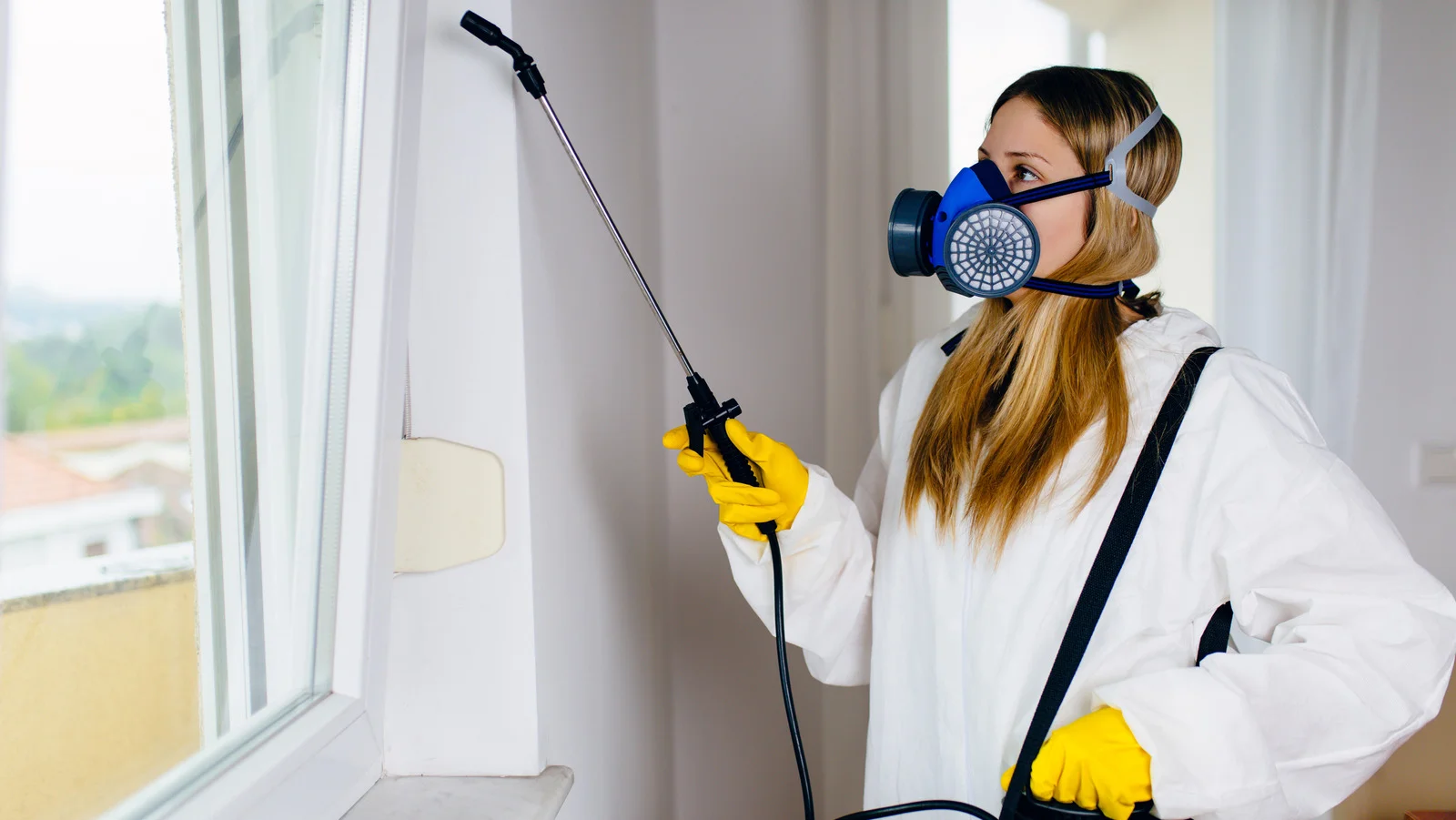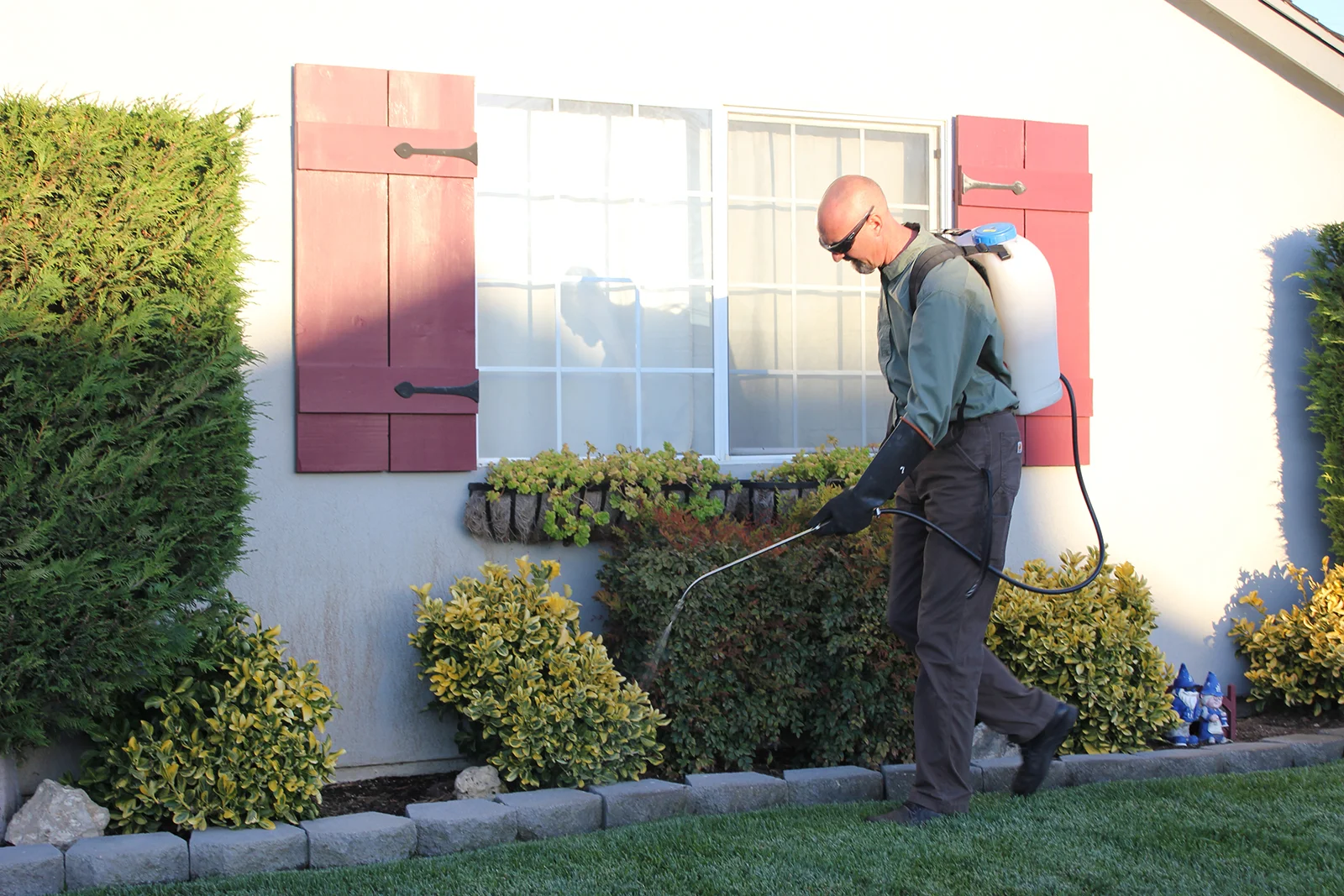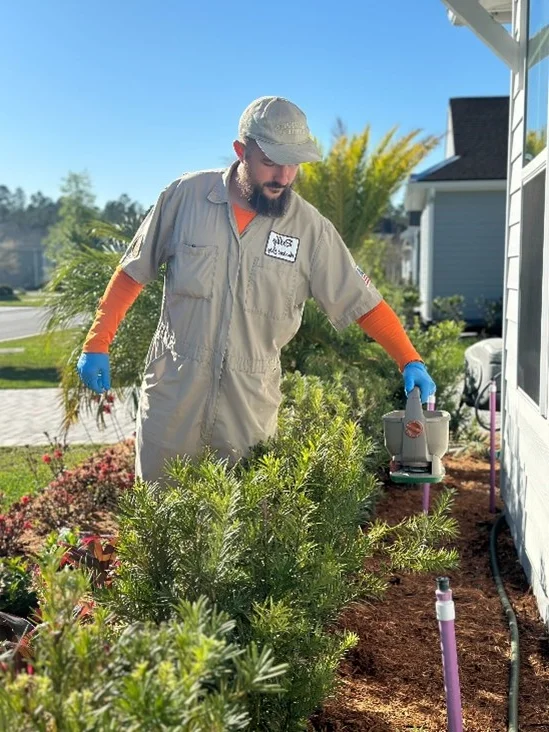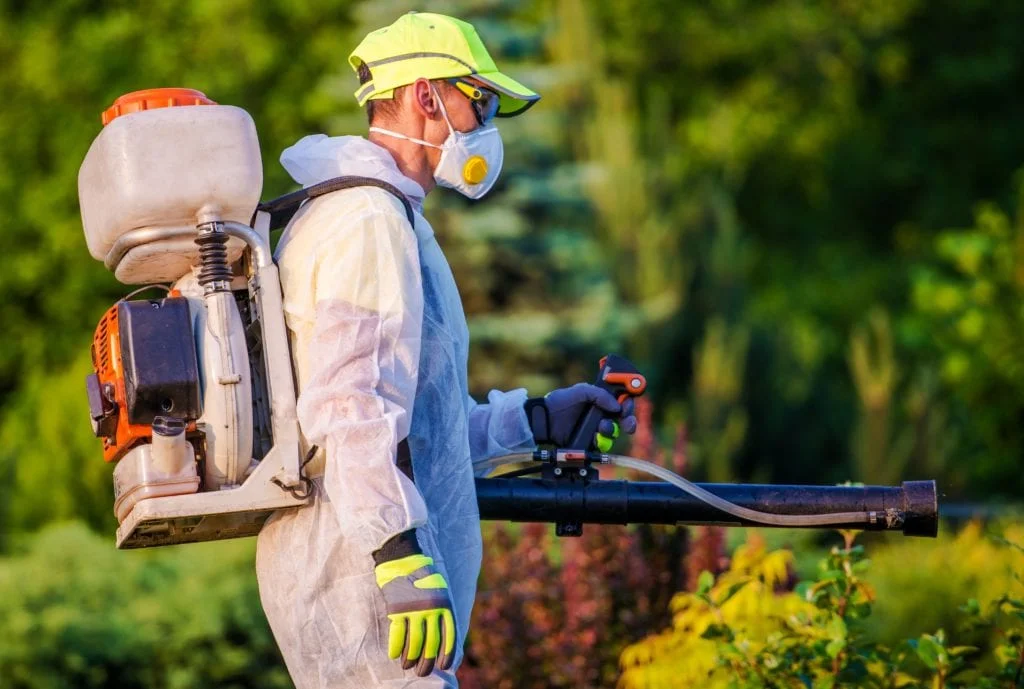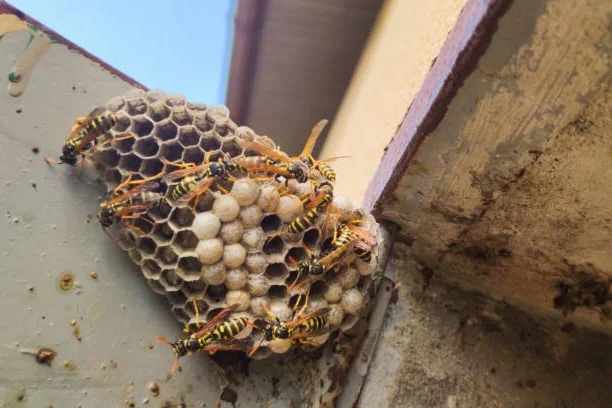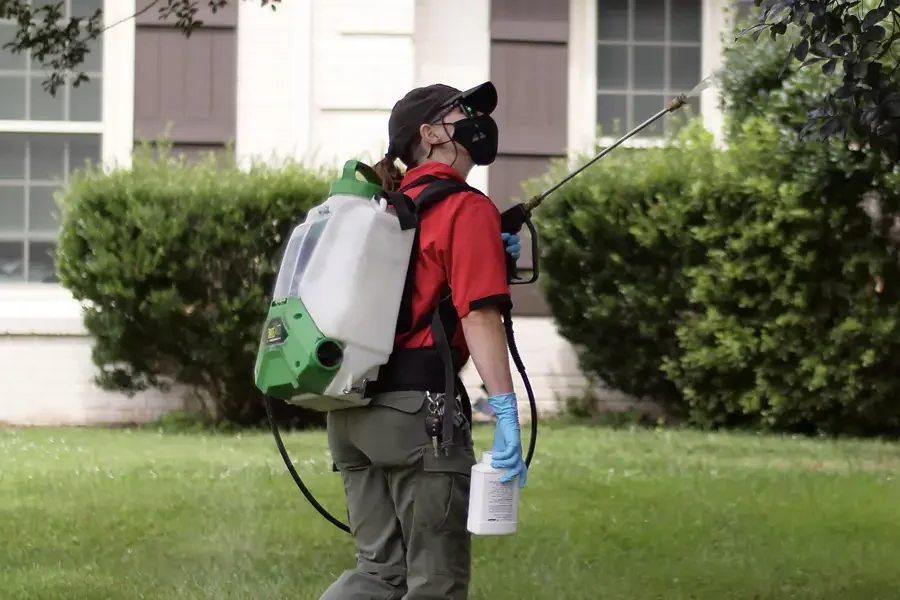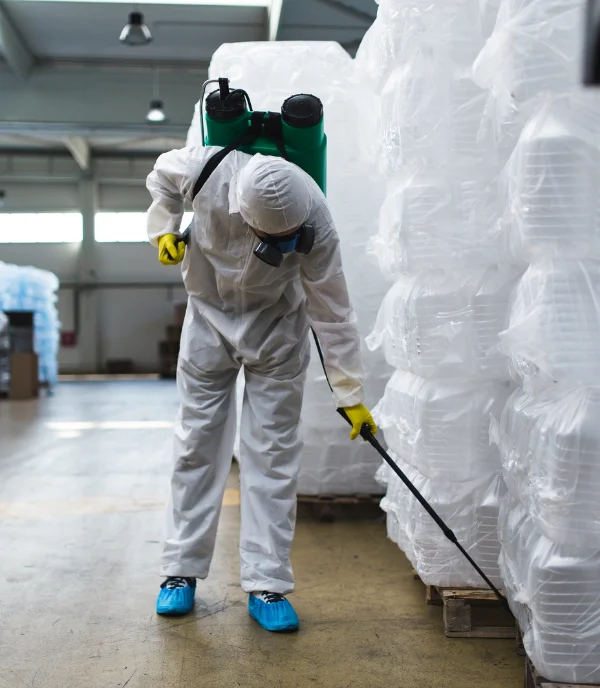Fire ants are small but incredibly aggressive ants, typically measuring 1/8 to 1/4 inch in length with reddish-brown to dark red coloration that gives them their common name. Originally from South America, these invasive insects have established themselves as one of the most problematic pests across the southern United States, with their range continuing to expand northward as climate conditions permit their survival and reproduction.
What makes fire ants particularly dangerous is their coordinated attack behavior and potent venom. When a fire ant mound is disturbed, workers swarm out in large numbers and attack simultaneously, each ant capable of stinging multiple times while injecting painful venom that creates the characteristic burning sensation. Their aggressive nature, combined with their ability to build large colonies quickly, makes them a serious threat to anyone who ventures into infested areas.


